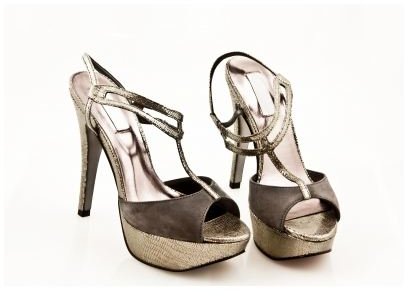A Review of What Causes Bone Spurs?
Stress
One explanation for what causes bone spurs is the reaction of the body to stress, pressure or rubbing that exist for a long period. Such stress or pressure could be a result of:
- activities such as dancing and running
- obesity or overweight
- poor fitting shoes or women’s high heals causing pump bump.
In such stress-induced cases of heel spurs, the plantar fascia, or the long ligament at the bottom of the foot become tight and subject to inflammation. As the bone tries to mend itself, a bone spur may form. Such heel spurs may cause foot pain, tenderness and swelling.
Repetitive Use

Another of the common causes of bone spur is repetitive movements of the bone joints, especially in the shoulder area. The rotor cuff muscles that attach to the tendons allow flexible movements of the shoulder in many directions. Over time, repetitive movements of the tendons through the narrow space between the top of the shoulder and the upper arm cause the bones, muscles, tendons and ligaments to wear, causing inflammation, stiffness, pain and sometimes tearing of the tendons. As the body tries to mend itself, bone spurs may form.
Athletes, baseball players, other sports persons, painters and those who frequently work with their arms lifted above their head remain most susceptible to such types of bone spurs.
Aging
The third common cause of bone spur is aging. Aging results in cartilage, a slippery tissue that covers and protects the ends of the bones, wearing away in a process known as osteoarthritis. Aging also causes breaking down of the discs that provide cushioning between the bones of the spine. Such degeneration causes bones to come in direct contact with other bones, muscles, ligaments, tendons and nerves, causing pain and swelling over time. The body tries to mend by forming bone spurs along the edges of the joint, especially in the spine and knees, to add stability to such aging joints, redistribute weight and protect areas of cartilage yet to break down.
Implications
Most bone spurs have no symptoms and remain undetected for years, whereas others cause varying levels of wear and tear and consequently discomfort and pain. Bone spurs may press against nerves and spinal cords to cause numbness and pain anywhere in the body, may intrude and obstruct bones and tendons making joint movements painful, may protrude in the neck making breathing and swallowing difficult, or may appear at lumps disfiguring fingers and causing loss of dexterity. At times, bone spurs break away from the parent bone to float in the joint or embed in the lining of the joint and cause intermittent locking that inhibits movement of the joint.
The coping and treatment options depend on what causes bone spurs and the severity of the symptoms. Possible options include removing the source of stress such as changing shoes or learning to take up a less stressful posture when performing, taking anti-inflammatory medications, or surgery.
At-home treatment such as administering an ice pack to the affected joint for 15 to 20 minutes several times a day or taking over-the-counter nonsteroidal anti-inflammatory drugs such as aspirin or ibuprofen may help relieve pain and swelling and provide temporary relief from the inflammation, pain and swelling.
People who experience symptoms of bone spurs would do well to contact a certified medical practitioner at the earliest. Make a list of recent injuries or activities that cause stress for effective diagnosis. Confirmation of bone spurs nevertheless require X-rays, ultrasound imaging, MRI scan, CT scan or myelograms.
Early diagnosis and treatment prevent aggravation of the condition.
References
-
WebMD. “Bone Spur.” Retrieved from http://www.webmd.com/a-to-z-guides/bone-spur-topic-overview on April 30, 2011.
-
Image Credit:
- Heel: freedigitalphotos.net/Maggie Smith : Terms of Use
- Spine: freedigitalphotos.net/Renjith Krishnan : Terms of Use <* Mayo Clinic. “Bone Spurs.” Retrieved from http://www.mayoclinic.com/health/bone-spurs/DS00627 on April 30, 2011.
